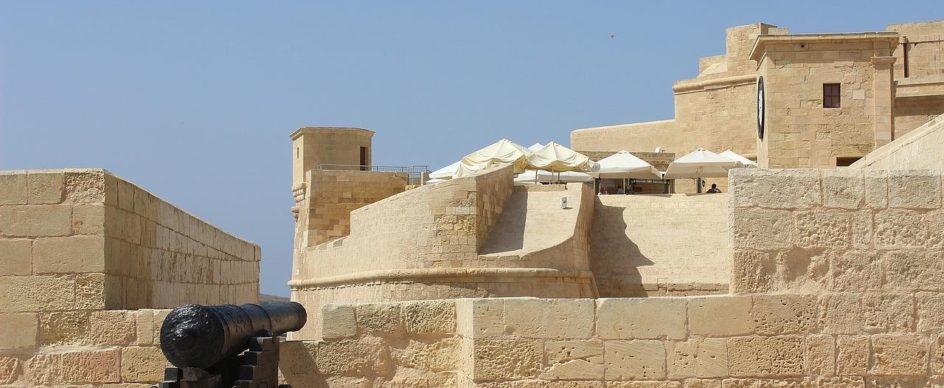
Why Malta is the Ideal Destination for History Lovers
- Jun 25, 2022
... dates back to 5900 BC!
Malta’s rich history dates back to 5900 BC. As a result, there are tonnes of historical artefacts that reflect different phases of the islands’ history. So whether you’re a history buff or a complete newbie, visiting Malta’s historic sites is a must.
Valletta (Capital City)
Malta’s capital Valletta is a treasure trove of historic landmarks. The foundations of the city itself are brimming with history. Established in 1566 via the Order of Saint John, the city is the epitome of Baroque architecture. Today, with 320 monuments, it is one of the most culturally-dense capitals in the world. No wonder it is called an open-air museum!
Mdina (Silent City)
Founded in the 8th century BC by Phoenician settlers, it was later renamed Melite by the Romans. At that time, Mdina was bigger than it is now. It is largely a medieval city with several Baroque architectural elements. Today, Mdina is known as “the Silent City” because of its slightly ghost town vibe.
The Grandmaster’s Palace
The Grandmaster’s Palace in Valletta was built between the 16th and 18th centuries by the Order of Saint John as the official residence of the Grandmaster. The main facade is built in Mannerist style, while the interior has opulent decor, artworks and historical artefacts.
Saint John’s Co-Cathedral
Valletta’s Co-Cathedral was built by the Order of Saint John between 1572 and 1577. Designed by Maltese architect Girolamo Cassar, the Co-Cathedral features a fortress-style exterior that contrasts with its high Baroque interior. In addition to its many historic features, the Co-Cathedral is home to remarkable works of art. These include The Beheading of Saint John the Baptist (1608) and Saint Jerome Writing (1607–1608) by Caravaggio.
Ggantija Temples, Gozo
The megalithic temple complex of Ggantija in Gozo is older than the Egyptian pyramids. The temples of Ggantija are more than 5500 years old and are considered the world’s second oldest man-made religious structures. In addition, the temples revolve around the fertility ritual and are thought to be associated with the fertility cult.
Cittadella, Gozo
The Cittadella is a citadel that guards Gozo’s capital, Victoria. The area itself has been inhabited since the Bronze Age, and the site is considered the acropolis of the ancient Punic-Roman city of Gaulos. As a citadel, it has seen significant action over the centuries. Nowadays it hosts various churches, chapels and museums and is a major tourist attraction.
Hal Saflieni Hypogeum
The Hal Saflieni Hypogeum is a unique subterranean Neolithic structure dating back to 3300 to 3000 BC. Researchers believe the hypogeum was a sanctuary and necropolis, as it contains the remains of more than 7,000 people. Its architecture is extremely intricate. Needless to say, visiting the Hal Saflieni Hypogeum is a must if you’re a history fan!
Fort Rinella
Fort Rinella is a Victorian battery in the southern town of Kalkara. Built by the British in 1878, it is in the form of an irregular pentagon surrounded by a deep ditch. The main attraction of the Fort is the Armstrong 100-ton gun – one of the few surviving 19th century guns on the islands.
Hagar Qim & Mnajdra Temples
The neighbouring temples of Hagar Qim and Mnajdra are some of Malta’s best preserved megalithic temples. They are architectural masterpieces from 3600 and 3000 BC. Hagar Qim and Mnajdra are so important for global history that they are recognised as UNESCO World Heritage Sites.




